
Stories, ideas, and updates from DGers around the world
The Development Gateway: An IREX Venture blog is where DGers share specific learnings, offer thought-provoking insights, and pose challenging questions for the sustainable development community derived from our work.
Our blog has a deep archive going back to 2005. Each post is a snapshot into our work, priorities, and values.
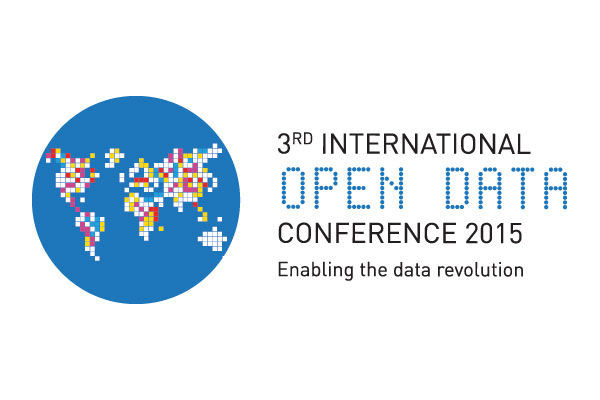
Talking Open Data and Fiscal Transparency at IODC 2015
Over the next couple of days, we’re looking forward to discussing open data successes, challenges, and impact to-date at the International Open Data Conference...
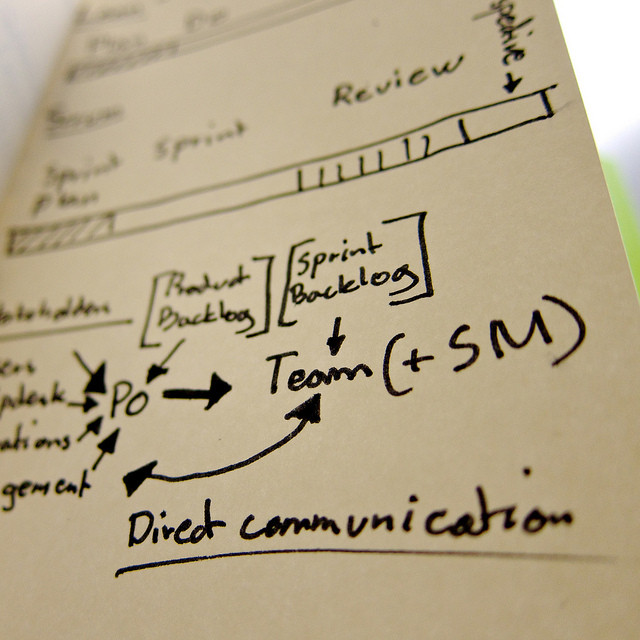
Why Does DG Use Scrum?
Have you ever wondered how the software you use gets built? We at Development Gateway use the “Scrum” approach to develop our software. Scrum is a group of software development methods that wrap around existing engineering practices...
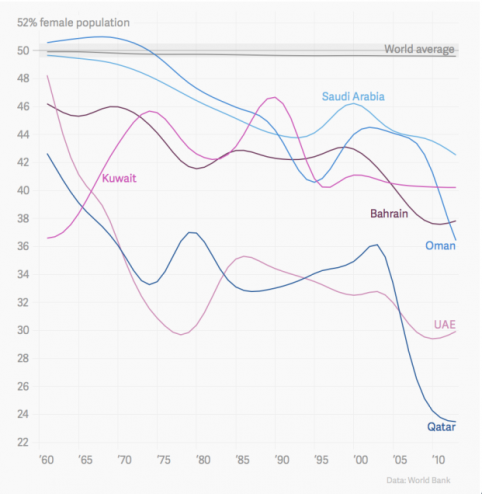
Unlocking Old Problems with New Tools
Based on data from the World Bank, found here, there are an estimated 60 more million men than women on this planet. This difference is the highest ever recorded and is driven by preference for sons in India and China. Case closed, no need to do further analysis right? Well not so fast...
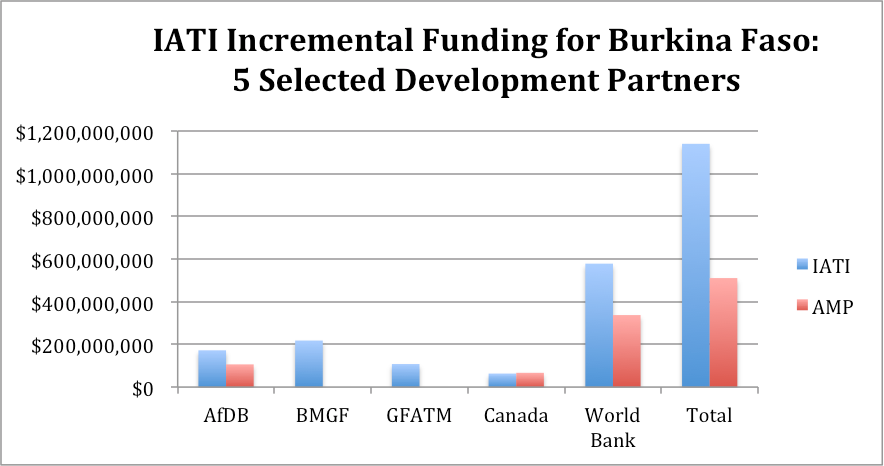
IATI and Country Systems: DG Working Paper
This blog post introduces a new DG working paper on the use of IATI data in country Aid Information Managements Systems (AIMS). The working paper aims to help inform discussions at the IATI TAG and Steering Committee Meetings, to be held in Ottawa from May 30-June 2...
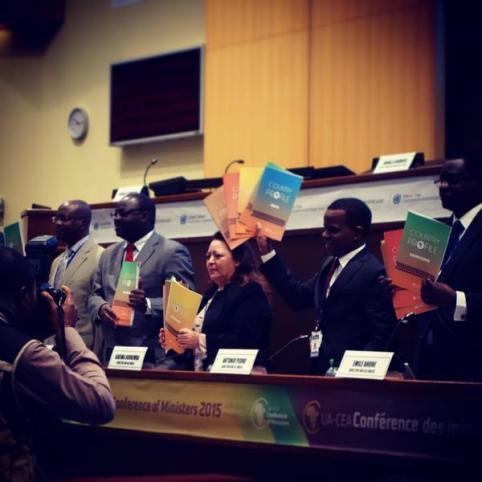
Parasites and Looting, AKA Corruption
While in a previous post we applauded one oil company for taking a huge leap in transparency, it’s a small (albeit very important) drop in a large bucket of issues around natural resources in developing countries...
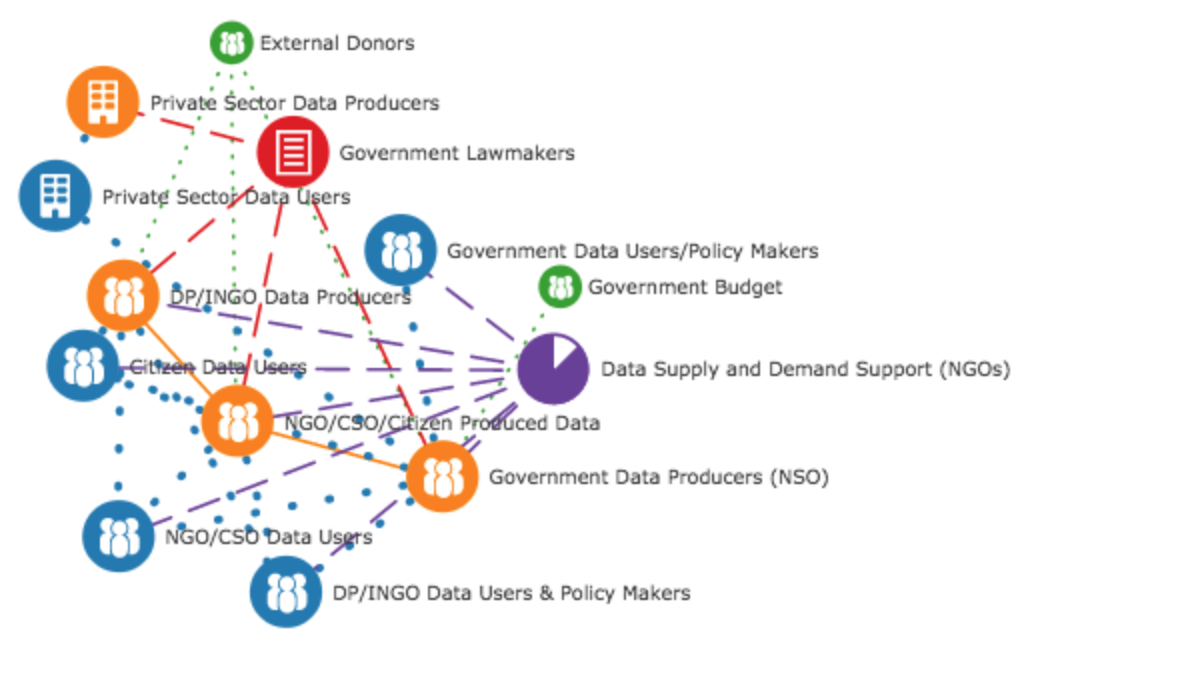
Post-Cartagena: Mapping out the Data Ecosystem
One of my favorite quotables from the Cartagena Data Festival came from Ricardo Fuentes-Nieva of Oxfam who said that maybe we need a data “reformation” instead of “revolution” – alluding to the Protestant Reformation, when the Bible was translated into the vernacular of the people...

Transparency Strikes Oil!
Transparency saw a win recently when the oil company Statoil disclosed project-level payments it makes to governments it works in. Organizations like Oxfam America and National Resource Governance Institute ...

We all stand with Nepal
After the devastating earthquake, Development Gateway sends condolences and well-wishes to our colleagues and friends in the Government of Nepal, the donor community, civil society organizations, and to the millions of people affected by this terrible disaster....

Financing the Future 2015: Some Hits and Misses on the Future of Development Finance’
A few weeks ago, an Overseas Development Institute-led consortium of partners hosted a wide range of organizations and Governments for an event entitled “Financing the Future.” In essence, the purpose of this event was to collect feedback and share thoughts on the the “zero draft” of the Financing for Development (FfD) outcome document which hit during the event...

Government of Nepal Uses AMP Data to Set New Aid Policies
Since 2010, the Government of Nepal has been maintaining an Aid Management Platform (AMP), an “effective tool for enhancing transparency and accountability in managing foreign aid in Nepal.” Through an annual Development Cooperation Report (DCR), Nepal’s Ministry of Finance draws on AMP data to offer government officials, donors and the public an overall view of aid trends in country, as well as a series of recommendations for better targeting future development assistance.